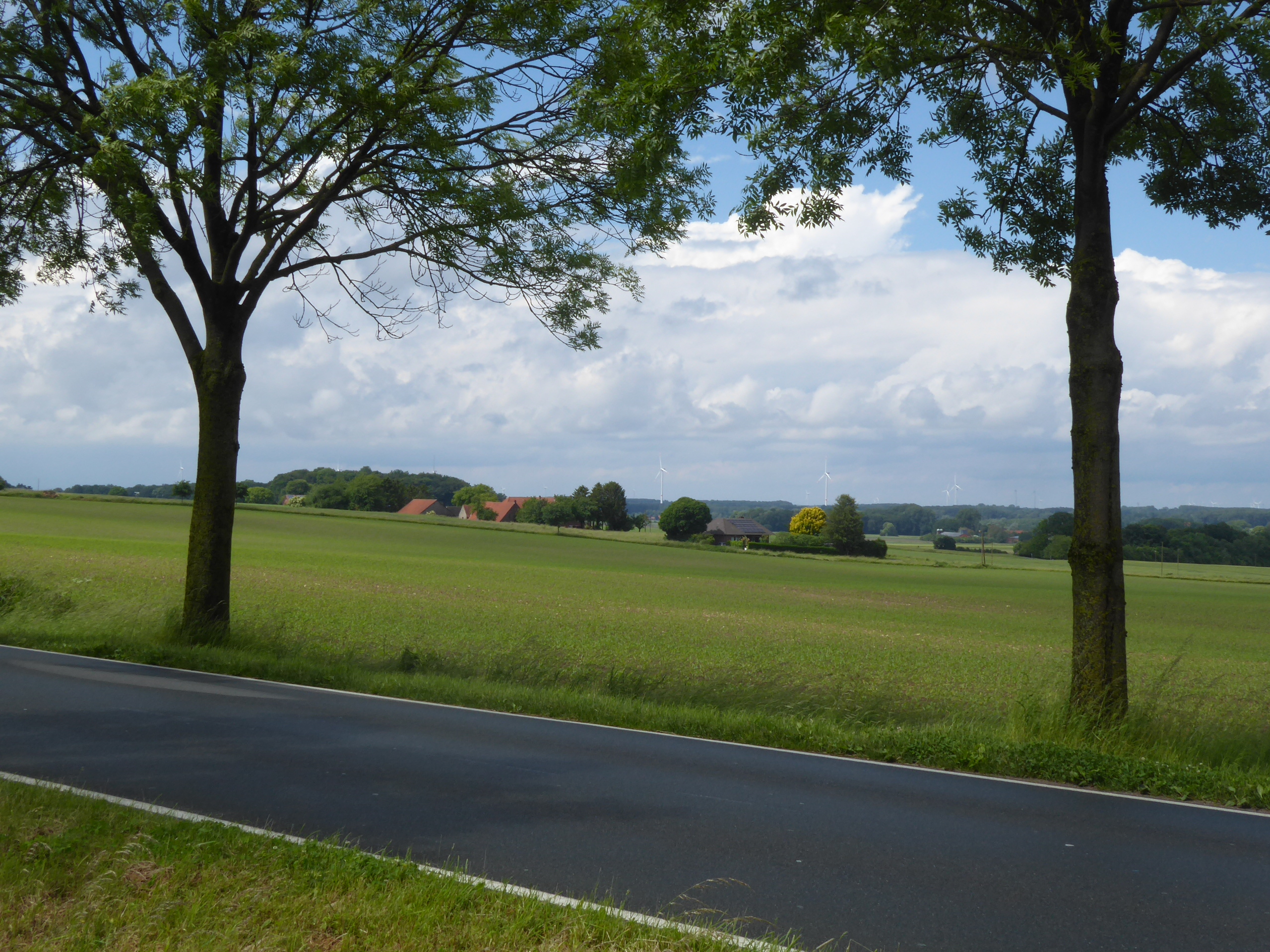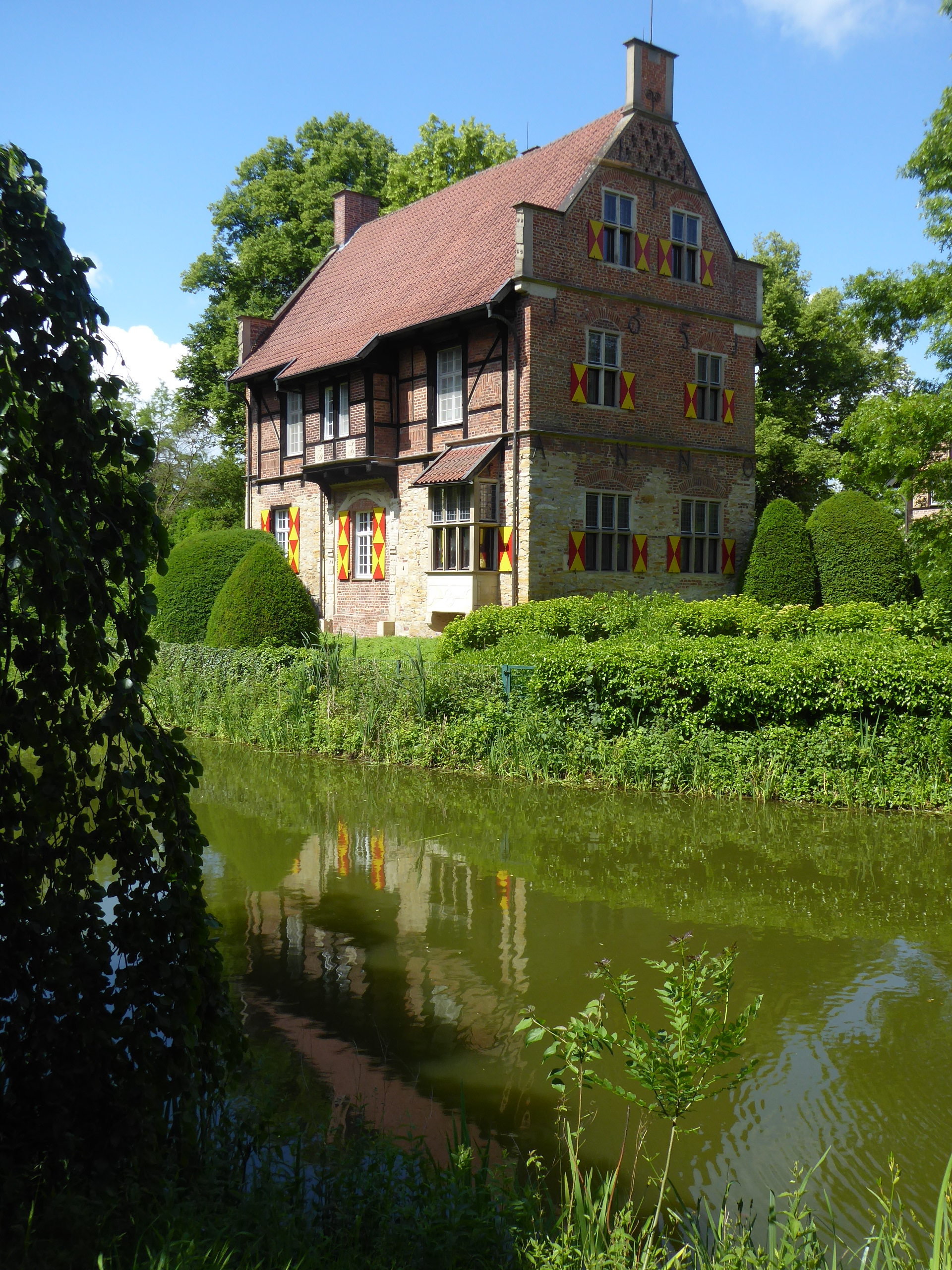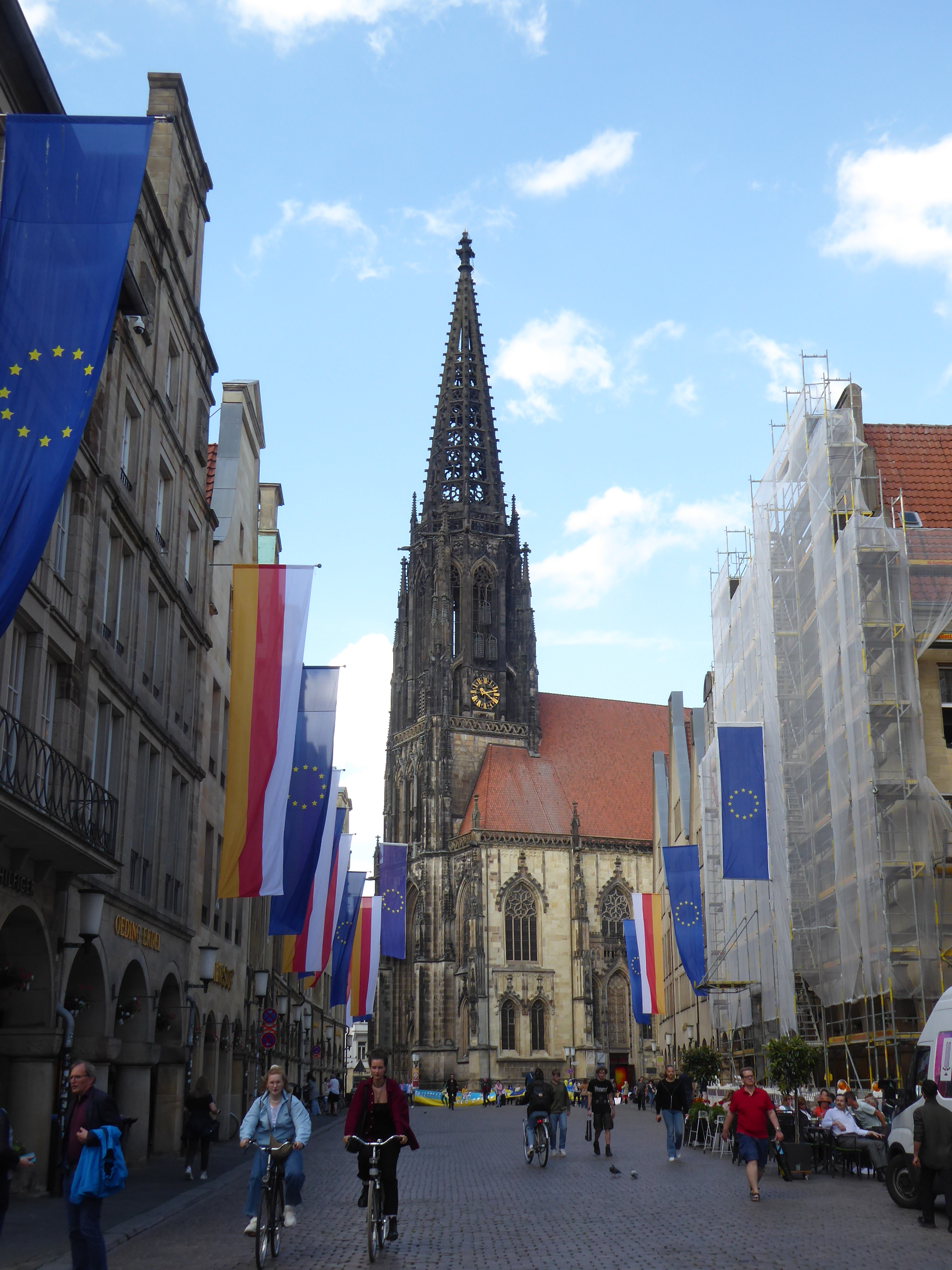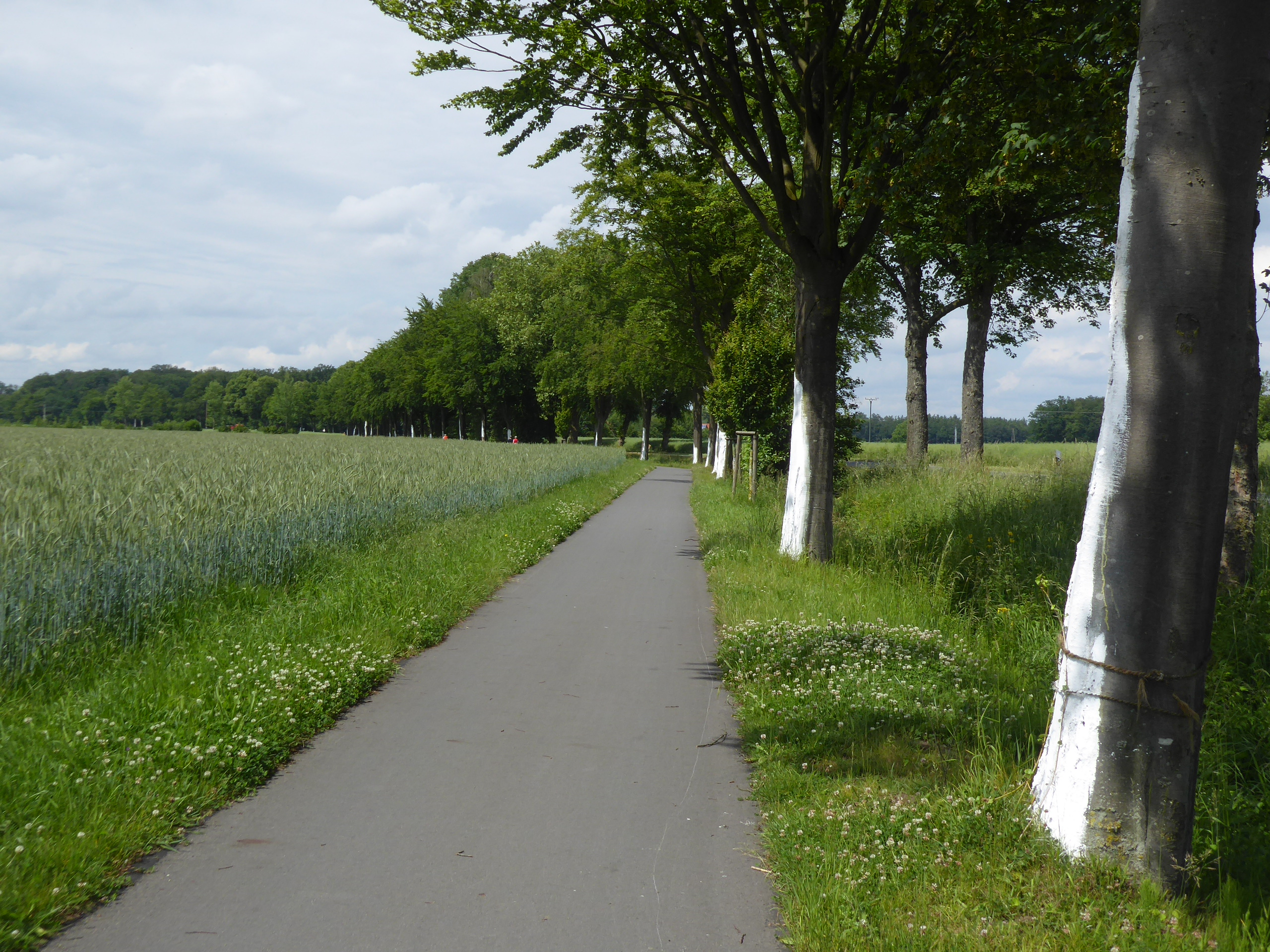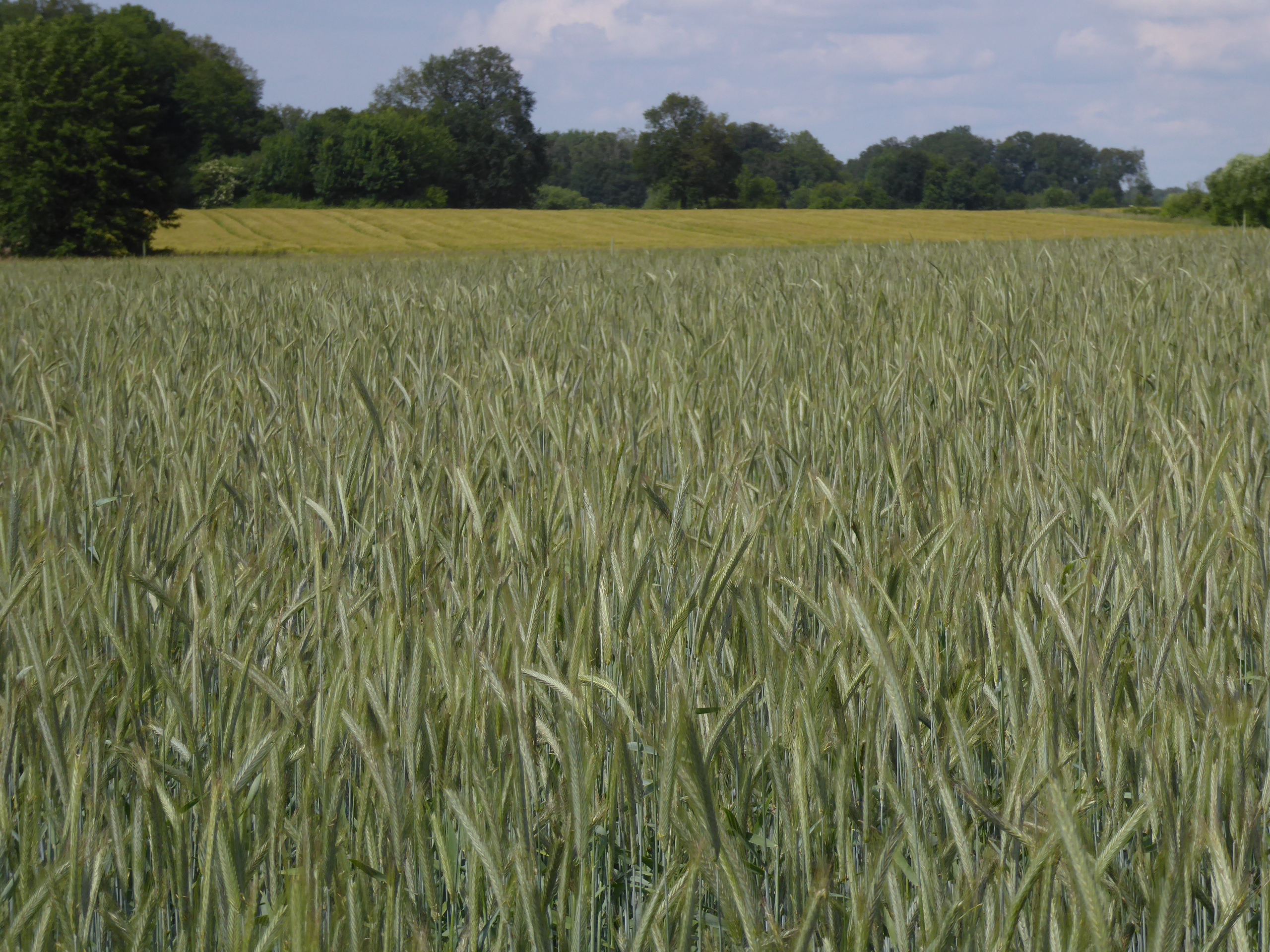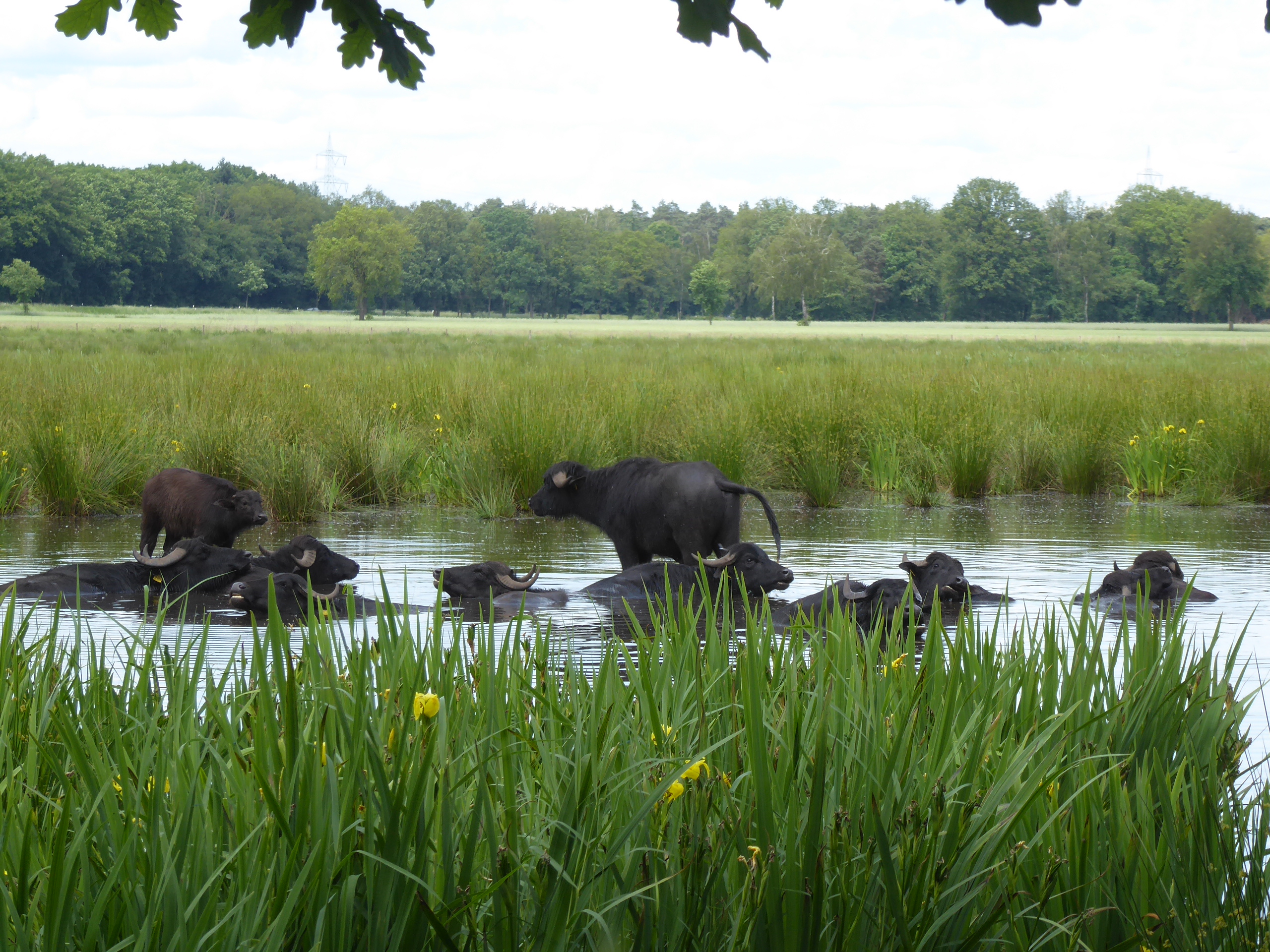An explosion of countercultural output following the death of Franco in 1975 and decades of repression. The collective id escaped its box, and forbidden feelings spilled out into all forms of culture. There wasn’t much of a Spanish film industry before this – perhaps it was seen as a chink through which ideas could enter Franco’s Spain.
I don’t like Pedro Almodóvar’s films. I was totally alienated by the last one I saw years ago – a rape scene played for laughs – but, given the context, his films make some kind of sense. You could rage against the Catholic Church and patriarchy or you could poke cartoonish, bad-taste fun at it.
We saw clips from Dark Habits (1983) and What Have I Done To Deserve This? (1984). Nuns shooting up and a taxi driver claiming proudly to have forged letters from Hitler. As I said, bad taste. Also non-judgemental and sympathetic – qualities perhaps lacking in the Spain Almodóvar grew up in. But still . . . no.
The other film was Jamon Jamon (1992) by Bigas Luna (Life of Brian immediately sprang to mind), which looked like an extended advert or pop video with its great images.
As an aside, it was amusing to think of doing this lesson over Zoom about Spanish films, speaking English and sitting in a Dutch hotel room.




